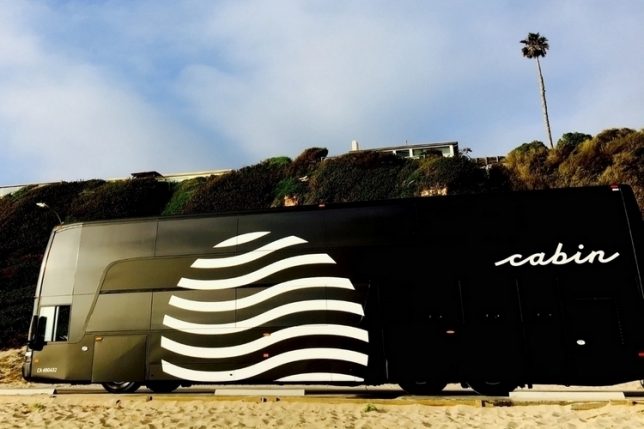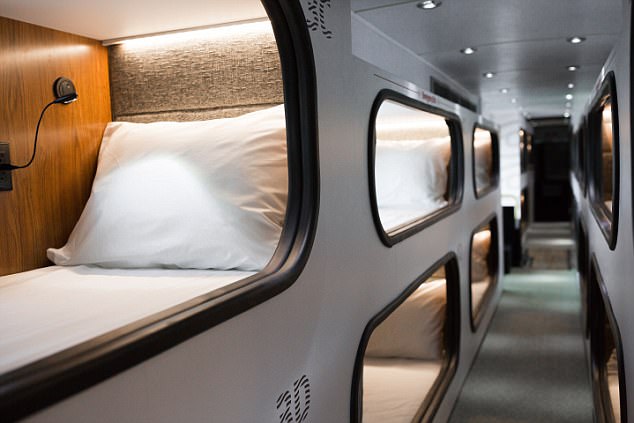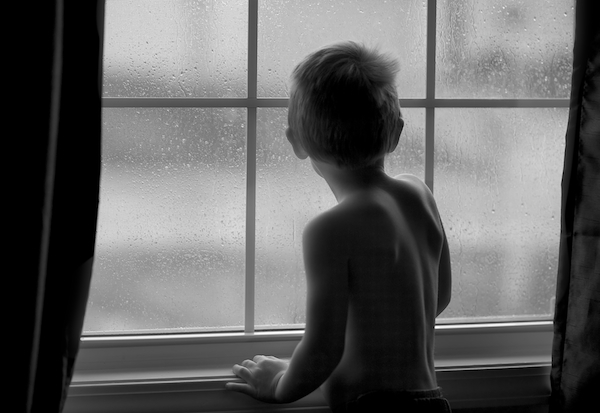A beautiful sunrise is, hands down, one of the best photography subjects and most beloved by photography viewers and photographers alike. They differ from sunset in the amount of pre-planning that aids a successful shoot. It’s no wonder that sunsets are easier to prepare for, as it is light out and you’re awake. So what do you need to do to photography sunrise?

It’s a good idea to break down the pre-planning for a sunset shoot into three separate task groups:
- The day before you shoot
- The night before your shoot
- Day of the shoot
The Day Before
Planning for a sunrise shoot starts well before the sun goes down the day before. You can’t change the weather, but providence favors the prepared soul.

Seattle and Mount Rainier Before The Sun Comes Up
Scout
The most important part of planning a sunrise shoot is pre-visualization. This is the act of looking at a scene and imagining it at the time of sunrise. There are a number of apps to help with pre-visualization, such as The Photographer’s Ephemeris and LightTrac. They can point directly to where the sun will rise and help you decide camera angles and compositions.
These apps often let you mark your favorite locations to help you find them quickly the next day. So don’t guess! Go, scout.
Talk to Locals
If you are in a new location, ask around about great locations for sunrise. You don’t have to state you are a photographer, you can be just another tourist (even if you are in a town next door). Restaurants and bars are a good bet for easy places to start a conversation. You might be amazed at how easy it is to get people talking; everyone enjoys a nice sunrise.

Front side and back side of Delicate Arch in Utah
Some other local options and organizations to try:
- Camera clubs
- Audubon Society or birding groups
- Outdoor gear and apparel stores
- The local Chamber of Commerce
Other Odds and Ends
I suggest taking care of other odds and ends the day before, like packing a snack for the morning. If you’re not used to getting up before the sun, you’re going to be fairly hungry by the time you’re done shooting.
Also, fill your gas tank the day before if you are going to be driving. Anything you can do to reduce the odds of something simple going wrong will help you have a successful photo shoot.

Prayer flags before Ama Dablam in the Himalayas of Nepal
The Night Before
Charge Batteries
More than once I have hit the field with only 25% battery power because my Canon doesn’t shut off the GPS when the camera powers down. It’s frustrating to have to ration something that can easily be topped off the night before. It’s a good habit to get into charging all your batteries ahead of time.

Opportune sunrise over Maui, Hawaii on UnCruise Endeavour.
Clean your gear and wipe your cards
It’s the little things that matter most. Who hasn’t taken a few choice photos only to find dust spots or streaks that need to be sometimes painfully removed in post-processing? Take care of those things the night before. Clean your sensor, clean your gear and make sure it is all working perfectly.
Also, organize your cards and make sure you have fresh, empty memory cards before heading to bed. If you’re on a trip of multiple days, ensure your cards are backed up or at least have enough space available for your anticipated shoot the next morning.
Remember, sunrise scenes are aided by bracketing your images, so they tend to require more space than normal.

Organize
Put on a blindfold or close your eyes right now and point to where everything is in your camera bag. Can you do it? Do you know where your spare batteries and cards are? Your second lens or the Allen wrench you need to adjust your tripod? What about your filters?
Being well organized and knowing your bag front to back by touch is valuable when the sun hasn’t yet risen. Depending on your latitude and cloud cover, it may be quite dark until just before sunrise so it is important to not be fumbling with gear or hunting for your flashlight.
Pack it all up the night before and set your bag by the door, ready to go in the morning without another thought.

Dunes at sunrise
The Day of Your Shoot
Arrive Early
I can’t stress this enough.
ARRIVE EARLY!
Often the best show of colors comes before the sun breaches the horizon if you have decent cloud cover. Arriving 30 minutes before sunrise might mean you miss this colorful show or are scrambling to get set up and shoot before the colors are dashed.
My rule of thumb is to show up an hour before the actual sunrise time. Maybe you can arrive a little later than that in places with deep valleys, like the Himalayas. The reverse is also true if you are on a mountaintop. With a little time on your hands, you can let your eyes adjust to the growing light and look for opportunities and compositions you might have missed on the previous day’s scouting mission.

Good timing at the Taj Mahal, Agra, India
Setting Up
Tripods are a big help for sunrise shoots and it’s best to set up early. Getting your camera out and mounted on a tripod can also help it acclimate in colder weather. Plus getting set up before the sun arrives gives you time for last minute scouting of the area.
If the weather is cold, it’s also a good time to bring out any filters you may need, such as graduated neutral density filters. I prefer to keep filters in a nice wallet, like the Tiffen Belt Holder so they stay secure and clean while acclimating.

Canyonlands National Park as seen from Dead Horse Point State Park, Utah
The Shoot
We have a number of excellent articles here on Digital Photography School to help you with shooting sunrises. Here are some of my favorites:
- 8 Simple Guidelines for Capturing Spectacular Sunrise and Sunset Images
- How to Shoot Stunning Photos at Sunrise and Sunset
- 5 Reasons Why Your Sunrise or Sunset Photos Don’t Look So Stunning

Washington State Ferry Chelan in front of Mt. Baker, Washington
Editing Those Wonderful Shots
DPS also has many beneficial articles on processing your sunrise photos (the same techniques are used for sunrise and sunset).
- Lightroom Workflow – from Setup to Finished Sunrise Photo
- How I Shot And Edited It – Mesa Arch At Sunrise
- 4 Tips for Post-Processing Images on the Road

Spindrift catching the morning’s rays on the Himalayas, Lobuche, Nepal
Conclusion
Being prepared and planning ahead is a great way to enjoy sunrise photography without the rush. Take the time to scout and plan ahead by having your gear ready. The tips listed here will help you take your sunrise photography from accidental to purposefully beautiful art.
The post Waiting to Photograph Sunrise – What to do Before the Sun Comes Up appeared first on Digital Photography School.

Digital Photography School































You must be logged in to post a comment.